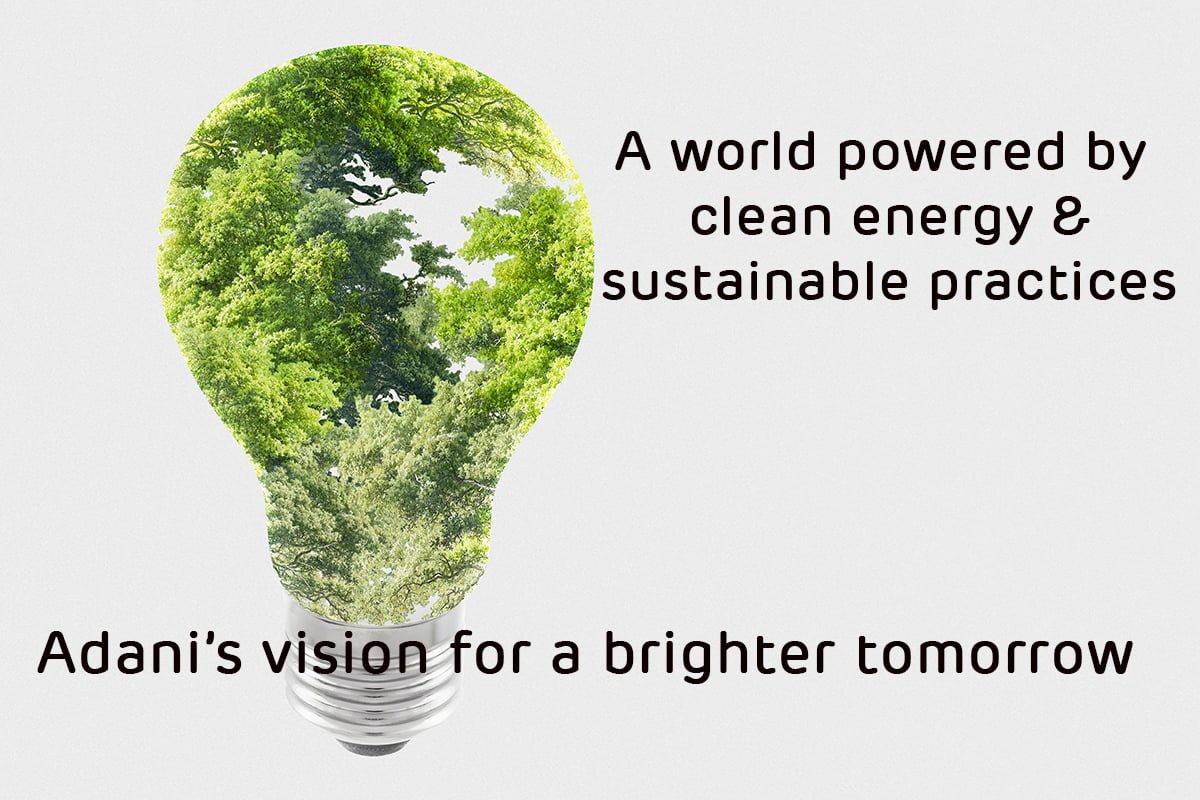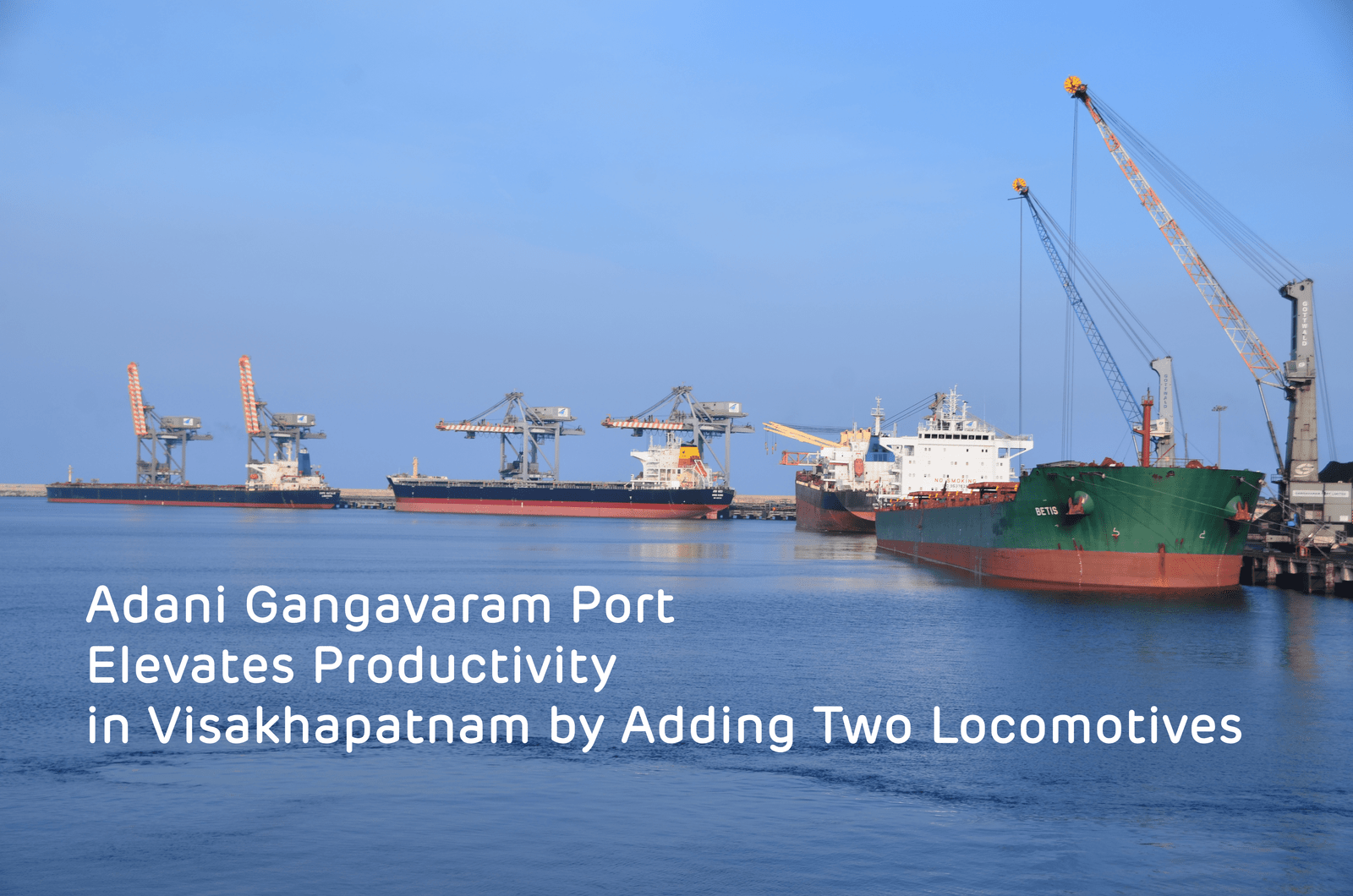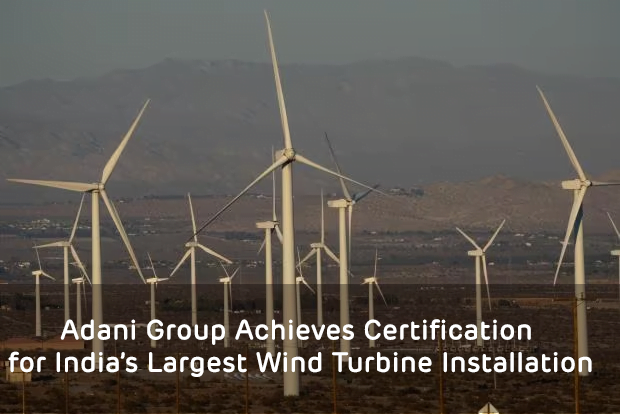How Adani plays a vital role in Indian economy and its long-term prospects post-Hindenburg crisis
The entrepreneurial journey of the invincible and resilient man, Gautam Adani, began over three decades ago during which time this first-generation entrepreneur has built a USD105bn+ MCap diversified conglomerate. Focused on sustainable and long-term value creation, the Group continues to work with the twin objectives of further deleveraging and looking at opportunities to expand and grow. The Group’s core strength lies in mega-scale infrastructure project execution capabilities and infrastructure is increasingly becoming central to India’s growth.
Even the Hindenburg report failed to dent his reputation as an industrialist whose business acumen has helped to modernize India. The investors’ confidence that took a hit after the Hindenburg report got a boost after investments by big names like GQG’s Rajiv Jain. On his investment in the Adani Group, Jain had said in an interview with The Australian Financial Review that it was a “safe bet because the conglomerate is irreplaceable as about 25% of India’s air traffic passes through their airports and 25% to 40% of India’s cargo volume goes through their ports”.
In his message to shareholders in July this year, Mr Adani said, “Our balance sheet, assets, and operating cash flows continue to get stronger and are now healthier than ever before. The Group’s strategy has always been to align itself with the Indian growth story, irrespective of who is in power at the Centre, and this has positioned us very strongly for future growth. The banking partners continue to remain aligned with this and look at us as a long-term partner in this journey. Our infrastructure assets generate stable revenues and contribute over four-fifths of the group’s Ebitda.”
The Group’s infrastructure network has grown so vast that it has become indispensable for both local businesses and foreign firms. For instance, MNCs like Tata or Microsoft may use Adani ports or airports for transport and logistics. The large size of the Group also means that any disruption or turmoil may adversely affect the Indian economy. At the same time, the dependence of the Indian economy on Adani could keep its kitty full of profits because continuous use of its assets will result in constant cash flows.
Very early on, the Group focused on seeking control over the value chain and began investing in inter-connected businesses (adjacencies). For example, to run its thermal power plants, ➤ it has acquired coal mines in India, Indonesia and Australia; ➤ transports coal ➤ via Adani ships ➤ to Adani Ports ➤ and finally, to Adani power plants; ➤ which then transmit power to households & businesses.
More than 75% of the Adani businesses are in regulated sectors. In the sectors with the Adani presence, the statutory regulatory framework is independent and mature. According to data compiled by Bloomberg, it has the highest market share in the private sector. Adani companies handle about 43% of all shipping containers, a third of all coal transported, about 22% of private thermal power capacity, the largest number of solar and wind plants, and 51% of India’s private electricity transmission. Adani Ports is the largest private ports operator in India. The conglomerate also owns 300 kilometers long private railway network, besides a rail line in Australia. Adani also plans to build 12,000 km of roadways by 2026 in the country.
After securing the coastline and rail network, Adani spread its wings in the sky. It operates 7 airports that see around 75 million footfalls annually.
Moving forward, the Group plans to make close to 85% of its investments over the next seven years into creating a green energy ecosystem, including transmission lines, transport and logistics. The majority of its future revenue and earnings could come from green space.










